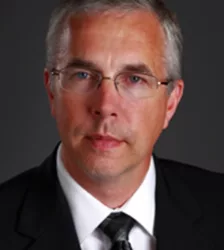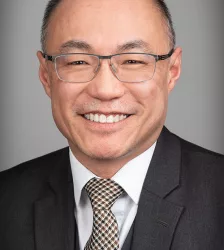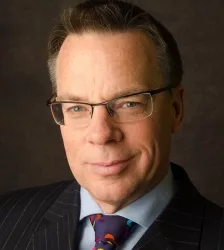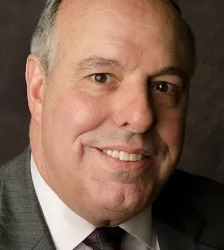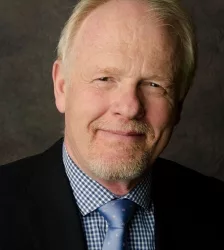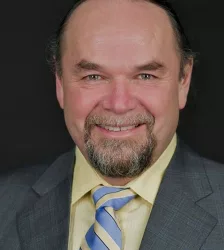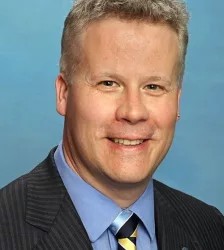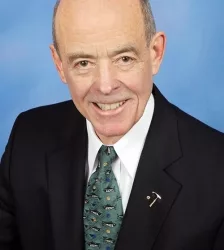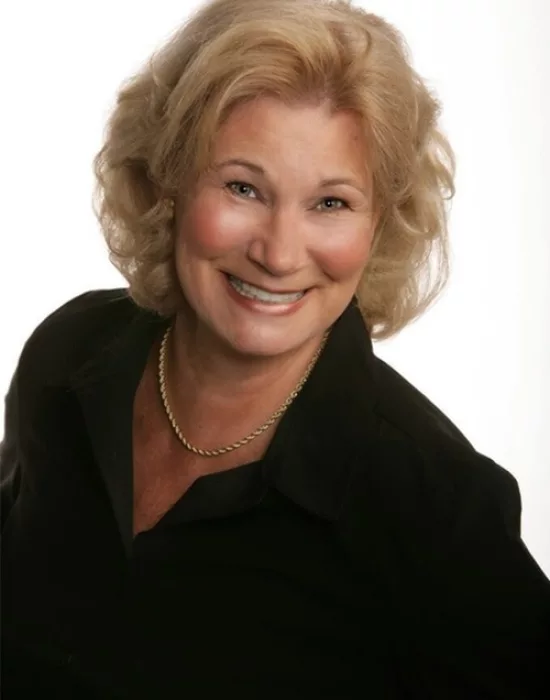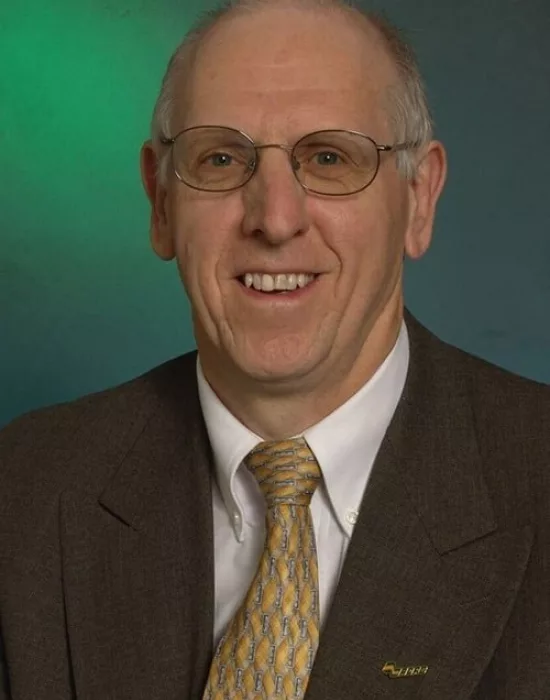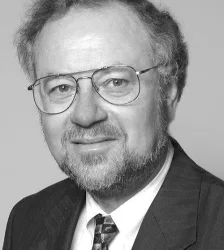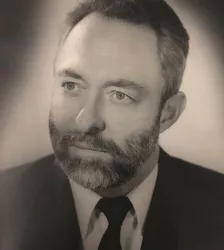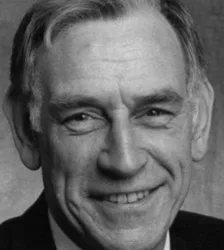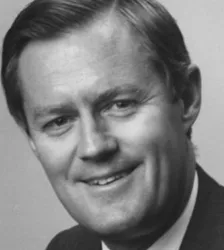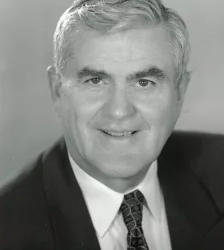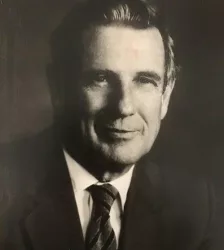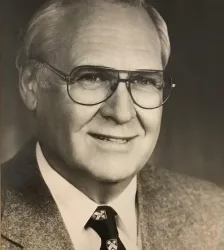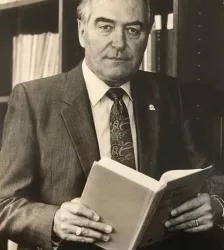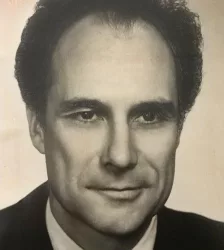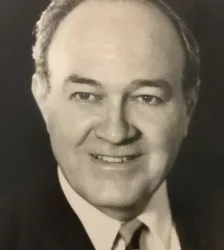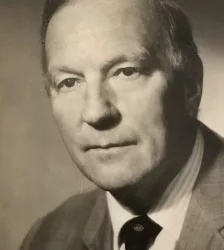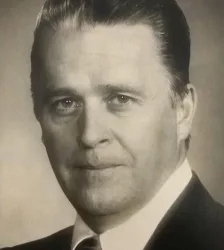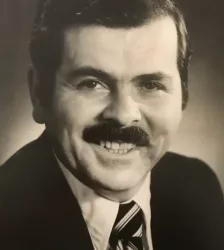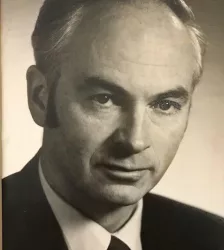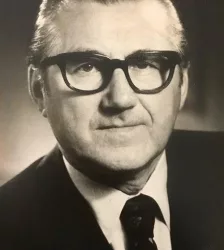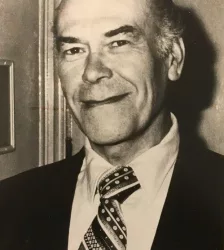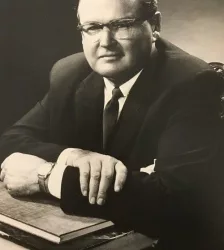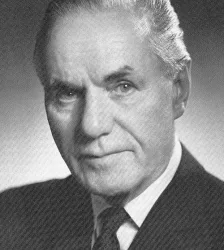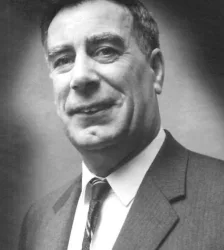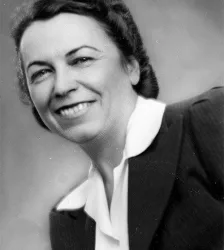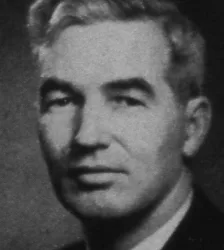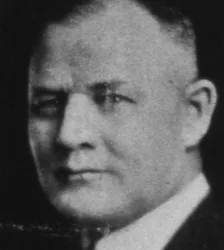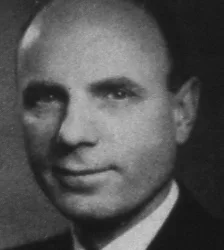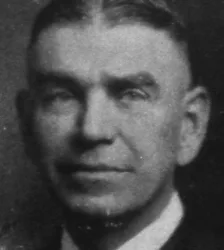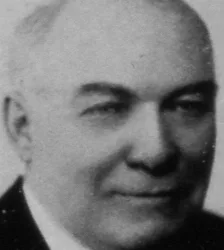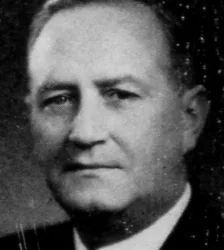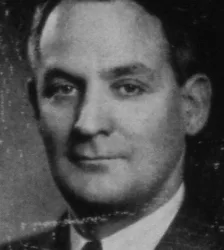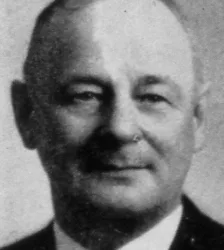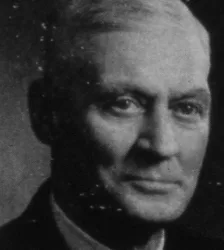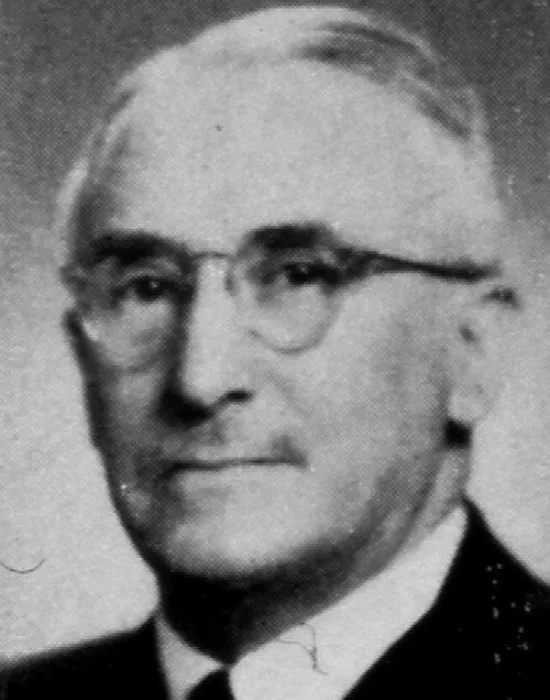

President’s Office
PDAC President
Karen Rees has a B.Sc. Honours Geology degree from the University of Saskatchewan (1984), is a member of Professional Geoscientists Ontario (2002), and has enjoyed a career in the mineral exploration industry spanning 37 years. Karen began her geoscience career as a field and project geologist in northwestern Ontario, northern Manitoba and Saskatchewan. As her career progressed, she became a manager of teams exploring multi-commodity projects across northwestern and northeastern Ontario. Possessing aptitude in governance and corporate functions, Karen was also an integral part of the management team.
Karen serves on the boards of three junior exploration companies with mineral exploration projects in Ontario, Quebec, and Manitoba. As an enthusiastic proponent of the minerals sector, Karen began volunteering with PDAC in 2011. Elected to the board in 2018, Karen continues to be a member of PDAC committees including Executive, Awards, Human Resource Development, and the Student-Industry Mineral Exploration Workshop (S-IMEW) – a flagship program of PDAC which celebrated its 15th anniversary in 2024. Prior to being appointed President, Karen was also a member of the Governance and Nominating Committee.
With a strong interest in wellness, Karen enjoys an active outdoor fitness program of long-distance walking and cycling, travelling, fishing, creating textile art and clothing, live theatre and musical performances.
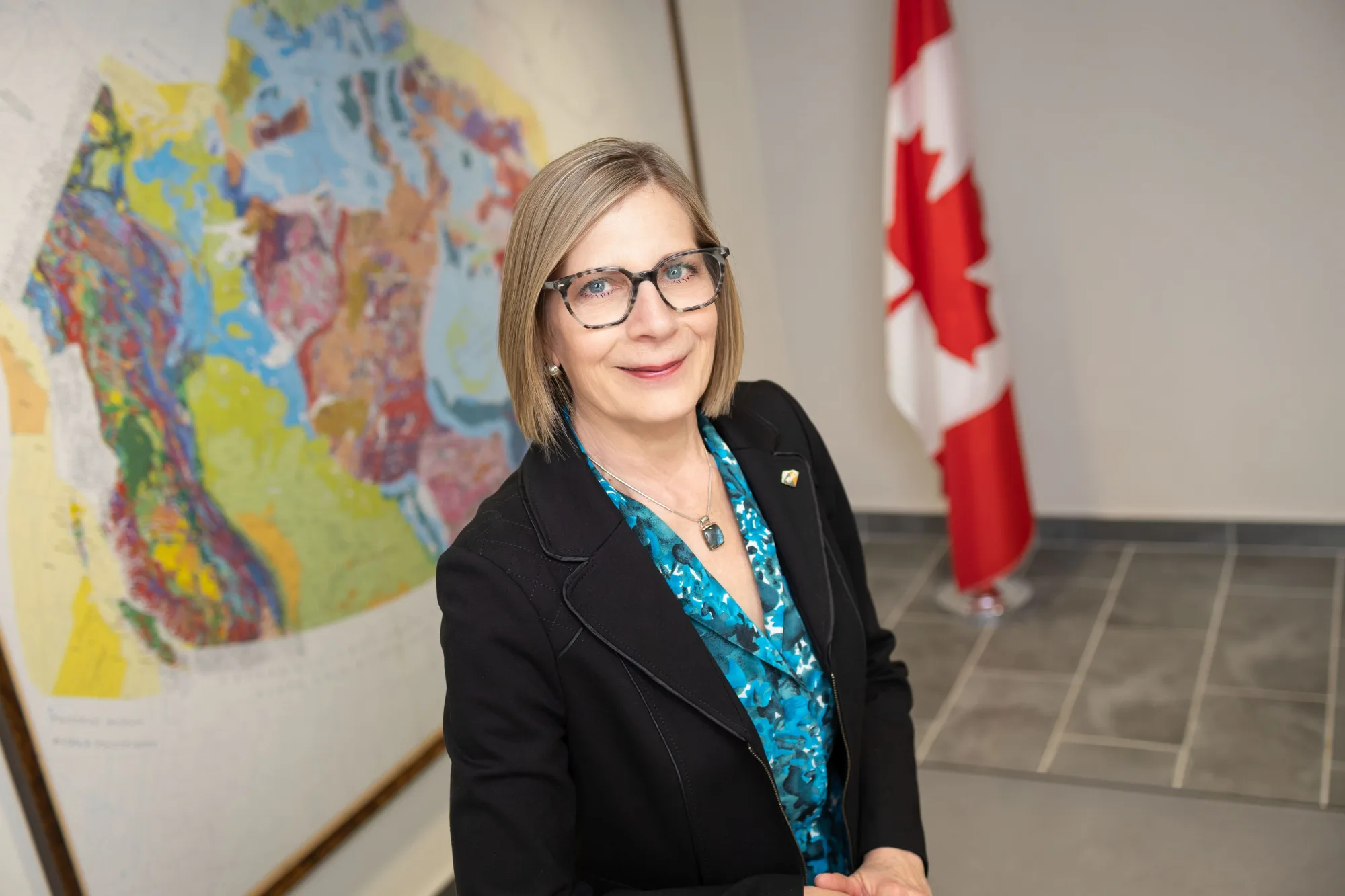
Q/A with President
Q: What was it about mineral exploration and the mining development sector that sparked your interest, and made you want to pursue a career in this industry?
A: As a high school student, I was not really aware of the minerals sector. However, with strengths in science and math, I selected three programs (biology, math and geology) to visit at the University of Saskatchewan. I got value from learning about all of the programs but the presentation given by the geology prof was captivating and the interest in a career in geoscience was ignited!
Q: You have been active in the industry for nearly four decades as a geologist, a communications practitioner, exploration manager, vice-president of exploration, corporate secretary, independent consultant, and exploration company board member. But what was your very first job within the industry?
A: My first job in the industry was as a field geologist in Red Lake, Ontario. It was a fantastic experience, working in a beautiful location, under the supervision of an experienced geologist to gain practical field skills in prospecting, geological mapping, sampling, running a diamond drill program and logging core. Our office work included compilation and interpretation of data, preparation of maps and reports. This was 1987 and all of our work was done by hand.
While my first jobs helped to establish an excellent geoscience foundation, over the years I was afforded opportunities to work with management to coordinate teams, build project portfolios, and to learn the financial and corporate aspects of the business. From there I grew a very strong interest in best practices in communications, public disclosure and governance, and that ultimately led to my director positions on exploration company boards and PDAC.
Q: You have been PDAC’s First Vice President and enthusiastically involved with PDAC committees, including the Human Resource Development (HRD) committee and our Student-Industry Mineral Exploration Workshop (S-IMEW). What do you see/what would you like to see for the future of our sector and the next generation of explorationists?
A: I began volunteering with PDAC in 2011 with HRD and a few years later with S-IMEW, and much has changed over that time. Students and early-career professionals have witnessed the cyclical nature of our business, as I did when first starting out. We learn to add other skills to our tool kit and perhaps pivot to adjacent or peripheral industries.
One of PDAC’s key priorities in our Strategic Plan is to ensure that the Canadian mineral exploration and development industry actively develops an inclusive, diverse and skilled workforce. The programs operated under the Student and Early Career program support these objectives. The students who participate in the flagship S-IMEW program, Convention programs, and other outreach events, have expressed their gratitude for the opportunity to be exposed to the various facets of the mineral exploration industry. I see our role as a critical one to encourage and prepare our future leaders – they are key to a competitive Canadian mineral exploration and development industry that operates responsibly in Canada and around the world.
Q: PDAC’s presidency is a two-year term. What changes or advancements do you hope to see in the industry by 2027 – technological, government support, investment, education, etc?
A: Change happens as needs dictate and technological advancements drive more efficient and cost-effective operations.
In exploration, we still need “boots on the ground” to find those mineral showings, conduct the necessary work, over years, to develop a project that has sufficient size, grade, and accessibility to be economically viable. In order for any of those stages to happen, there needs to be strong support and fiscal incentives to encourage investment in the mineral exploration sector.
As projects become advanced, greater clarity and certainty around permitting requirements and timelines is required. We support the reinforcement of a single-process approach to project assessments. Provincial and territorial regulatory regimes must be prioritized in order to develop mineral resource projects in a timely manner.
Education and public information campaigns are also key. They connect the importance of our minerals industry with the hearts and minds of the public, to maintain a strong industry that safeguards Canada’s economic resilience and provides an environment that fosters innovation and growth for generations to come.
Q: What do you feel about the Canadian mineral exploration sector that makes us unique in the global community?
A: Canada has a vast land mass with robust mineral wealth that is vital to our daily lives. The minerals industry is a cornerstone of Canada’s economy, contributing over $150 billion – or 6 per cent – to Canada’s total GDP. The mineral exploration and mining industry benefits all Canadians, from facilitating regional development and infrastructure, supporting Indigenous communities and partnerships, to providing employment in urban, rural and remote regions.
What makes Canada stand out globally is our strong commitment to responsible and sustainable practices, a stable legal and regulatory environment, and a focus on environmental, social and governance standards.
Q: Do you have a favourite Canadian region that you’ve explored? Is there any region (whether in Canada, or overseas) that you have not explored that you’ve always wanted to?
A: My industry experience is firmly rooted in Canada across Saskatchewan, Manitoba, Ontario and Quebec. The vast majority of my career has been spent on exploration projects in northwestern and northeastern Ontario exploring for a wide variety of commodities. Any other regions that I explore in Canada – and across the globe – will be to experience landscape, architecture, art, history, food and music.
President’s Blog
Past Presidents
Past Presidents
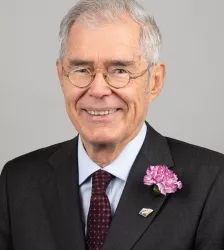

Born and raised in New Zealand, Raymond holds a B.Sc. from Victoria University in Wellington, New Zealand, an M.Sc. from McGill University and received his PhD from Queen’s University, Canada. The topic of his doctoral thesis was the geology of the Archean rocks in the Noranda area of Quebec. With decades of experience in the industry, Raymond has held positions as a field geologist, and has worked for investment dealers in Toronto, Canada as a mineral economist and financial analyst. Between 2015 and 2018 he was Expert Witness in a Voisey’s Bay lawsuit. He has also been, and continues to be, a Director of junior mineral exploration companies.
Raymond’s work in economics research resulted in the first publication of the term “pinch-point” in 1990, which he trademarked in 2000. His published work includes the book Inco Comes to Labrador (Flanker Press, 2005) and many technical publications, most recently Grade Control and Deleterious Materials in Polymetallic Deposits (AusIMM, 2022).
He has also served on PDAC committees: the Governance & Nominating Committee, Awards Committee, Convention Planning Committee, Executive Committee, Securities and the Sustainability Committee.
